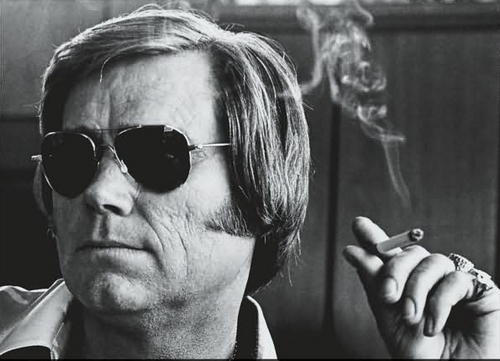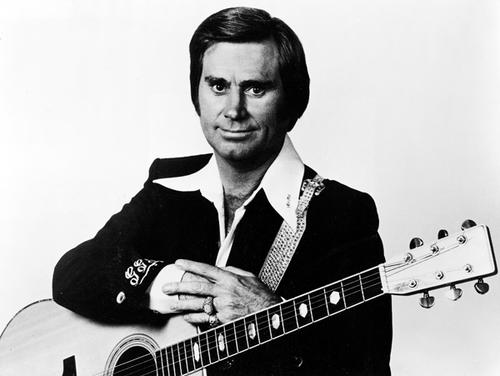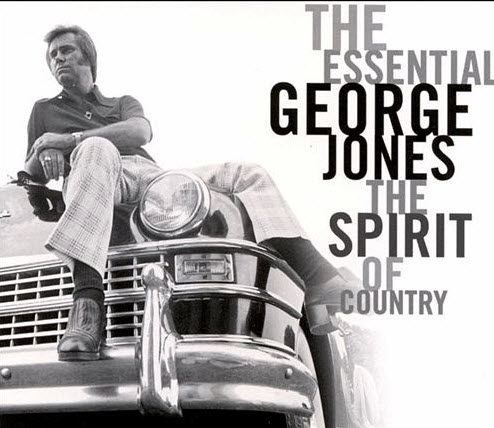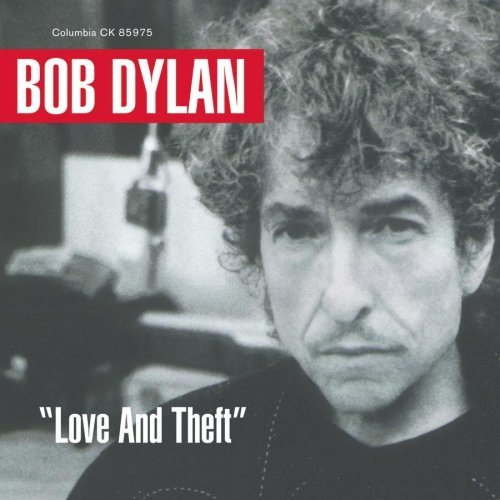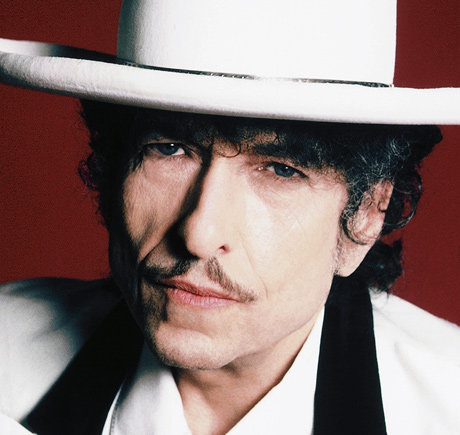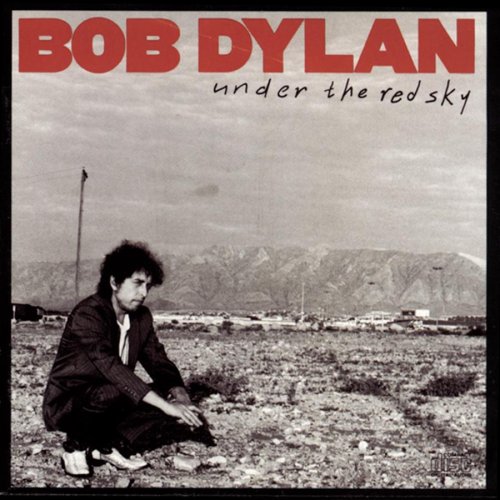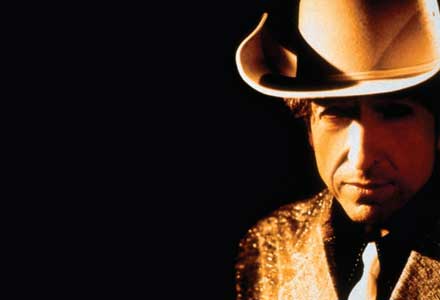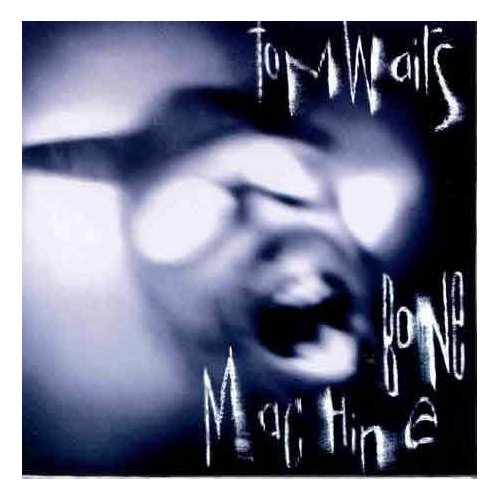By most accounts, George Jones is the finest vocalist in the recorded history of country music.
~Stephen Thomas ErlewineBe real about what you do. Stay true to the voice inside you. Don’t let the “business” change what it is you love because the people, the fans, respond to what is heartfelt. They can always tell when a singer is faking it.
~George Jones
From Wikipedia:
| Birth name | George Glenn Jones |
|---|---|
| Also known as | No Show Jones The Possum |
| Born | September 12, 1931 (age 81) Saratoga, Texas, USA |
| Origin | Vidor, Texas, USA |
| Genres | Country |
| Occupations | singer-songwriter |
| Instruments | acoustic guitar vocals |
| Years active | 1954–present |
| Labels | Starday Mercury United Artists Musicor Epic MCA Nashville Asylum Bandit |
| Associated acts | Tammy Wynette, Merle Haggard |
| Website | www.GeorgeJones.com |
George Glenn Jones (born September 12, 1931) is an American country music singer known for his long list of hit records, his distinctive voice and phrasing, and his marriage to Tammy Wynette.
Over the past 20 years, Jones has frequently been referred to as the greatest living country singer. Country music scholar Bill C. Malone writes, “For the two or three minutes consumed by a song, Jones immerses himself so completely in its lyrics, and in the mood it conveys, that the listener can scarcely avoid becoming similarly involved.”
Throughout his long career, Jones made headlines often as much for tales of his drinking, stormy relationships with women, and violent rages as for his prolific career of making records and touring. His wild lifestyle led to Jones missing many performances, earning him the nickname “No Show Jones.” With the help of his fourth wife, Nancy, he has been sober for more than 10 years. Jones has had more than 150 hits during his career, both as a solo artist and in duets with other artists. The shape of his nose and facial features have given Jones the nickname “The Possum.” Jones said in an interview that he has chosen to tour only about 60 dates a year.
–
Jones’s identity was closely tied to his alcoholism. One of the best known stories of Jones’ drinking days happened when he was married to his second wife, Shirley Corley. Jones recalled Shirley making it physically impossible for him to travel to Beaumont, located 8 miles away, and buy liquor. Because Jones would not walk that far, she would hide the keys to each of their cars they owned before leaving. She, however, did not hide the keys to the lawn mower. Jones recollects being upset at not being able to find any keys before looking out the window and at a light that shone over their property. He then described his thoughts, saying: “There, gleaming in the glow, was that ten-horsepower rotary engine under a seat. A key glistening in the ignition. I imagine the top speed for that old mower was five miles per hour. It might have taken an hour and a half or more for me to get to the liquor store, but get there I did.”
From allmusic.com – Stephen Thomas Erlewine:
By most accounts, George Jones is the finest vocalist in the recorded history of country music. Initially, he was a hardcore honky tonker in the tradition of Hank Williams, but over the course of his career he developed an affecting, nuanced ballad style. In the course of his career, he never left the top of the country charts, even as he suffered innumerable personal and professional difficulties. Only Eddy Arnold had more Top Ten hits, and Jones always stayed closer to the roots of hardcore country.
…read more over @ allmusic.com
–
Number one country hits:
- “White Lightning” (1959)
- “Tender Years” (1961)
- “She Thinks I Still Care” (1962)
- “Walk Through This World with Me” (1967)
- “We’re Gonna Hold On” (with Tammy Wynette) (1973)
- “The Grand Tour (song)” (1974)
- “The Door (George Jones song)” (1975)
- “Golden Ring (song)” (with Tammy Wynette) (1976)
- “Near You” (with Tammy Wynette) (1977)
- “He Stopped Loving Her Today” (1980)
- “I Was Country When Country Wasn’t Cool” (with Barbara Mandrell) (1981)
- “Still Doin’ Time” (1981)
- “Yesterday’s Wine” (with Merle Haggard) (1982)
- “I Always Get Lucky with You” (1983)
Check out: List of George Jones’ awards
He Stopped Loving Her Today – Live 1980:
She Thinks I Still Care – Live 1962:
Album of the day – The Essential George Jones: The Spirit of the Country (1994):
Other September 12:

